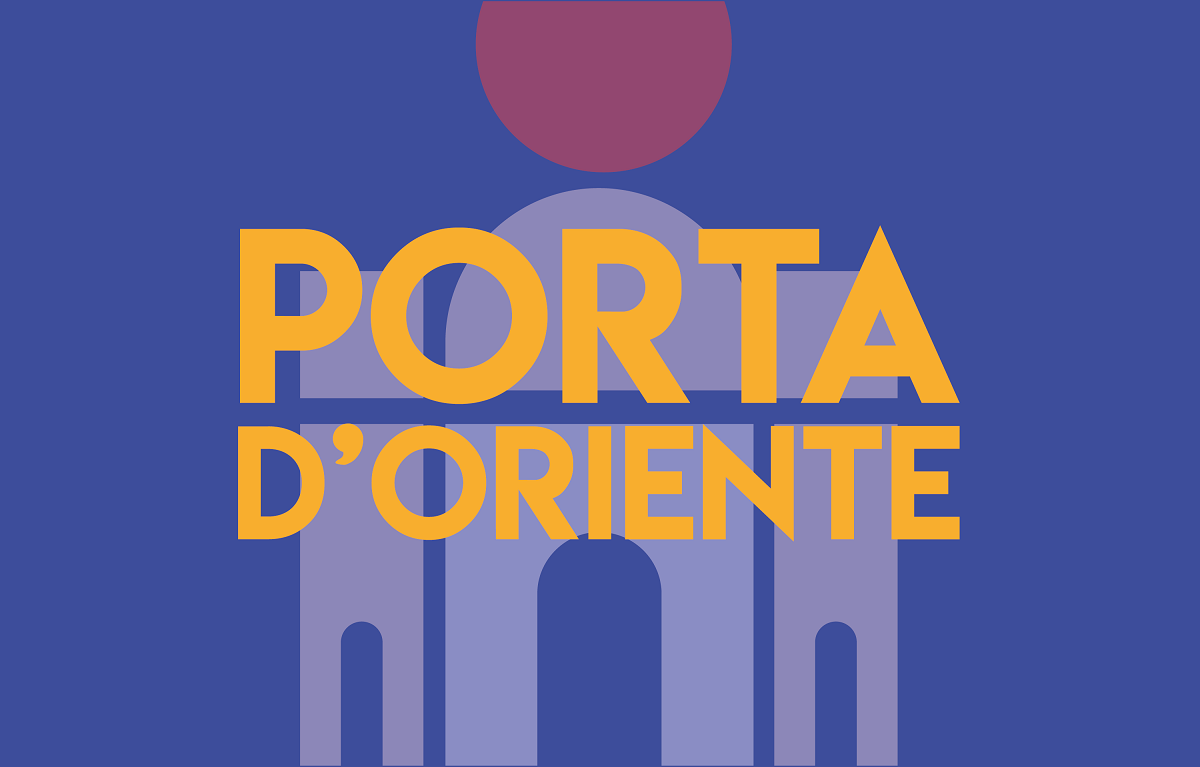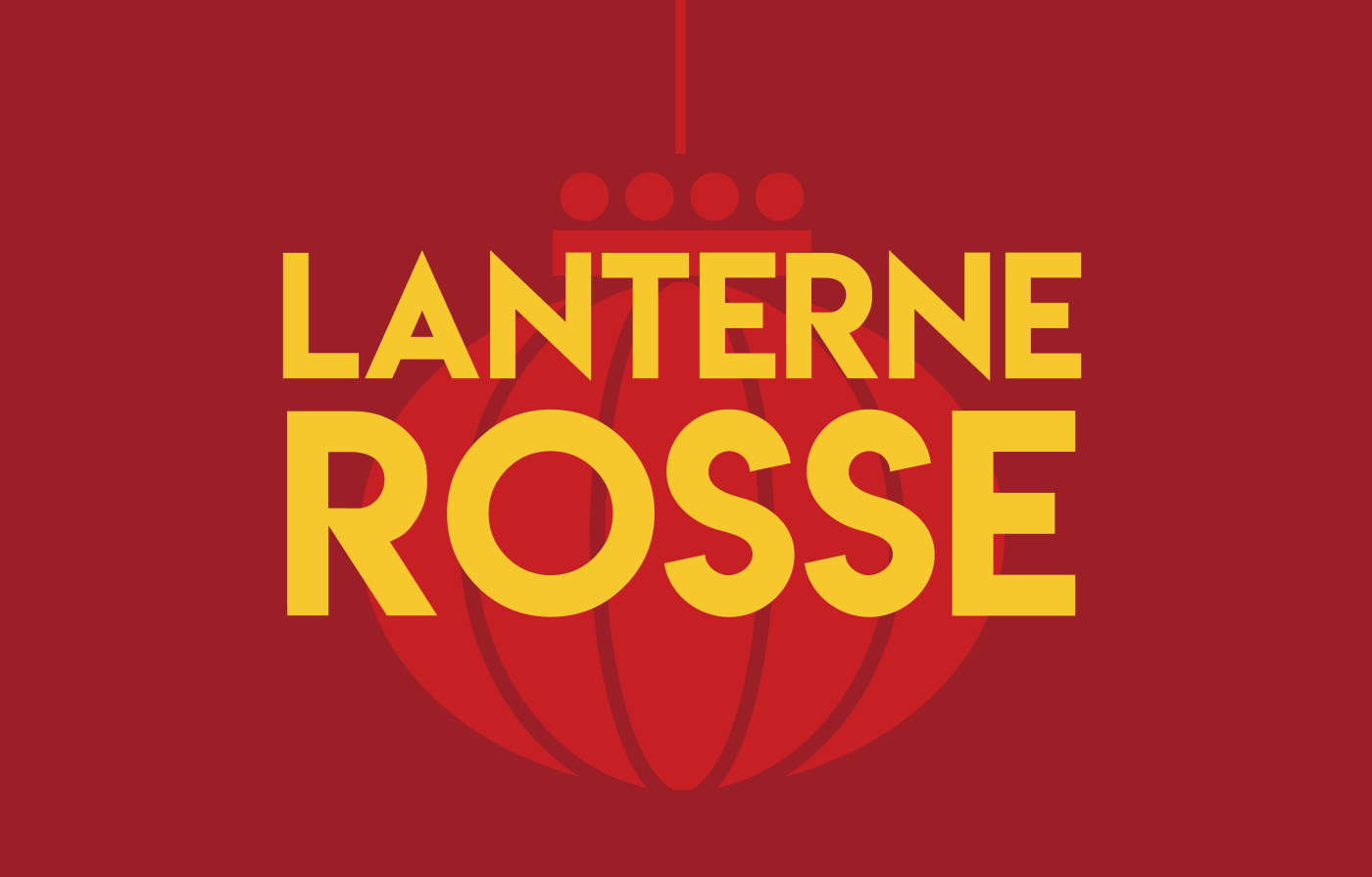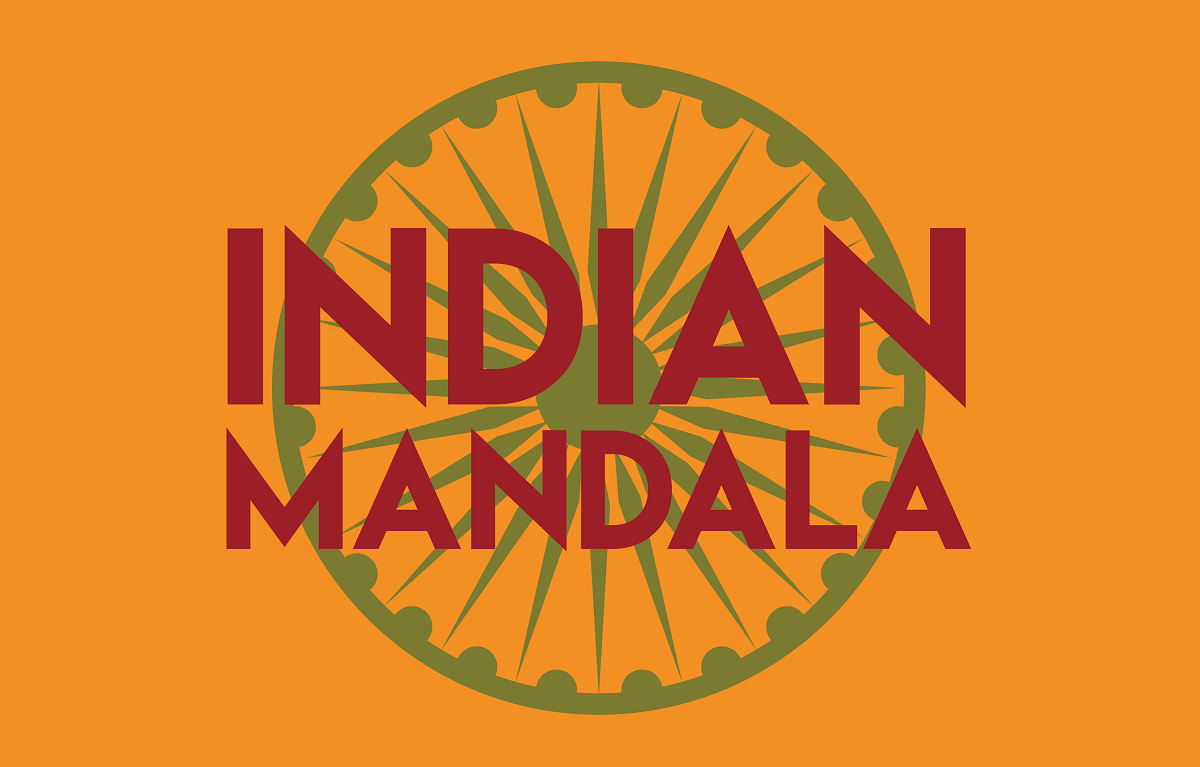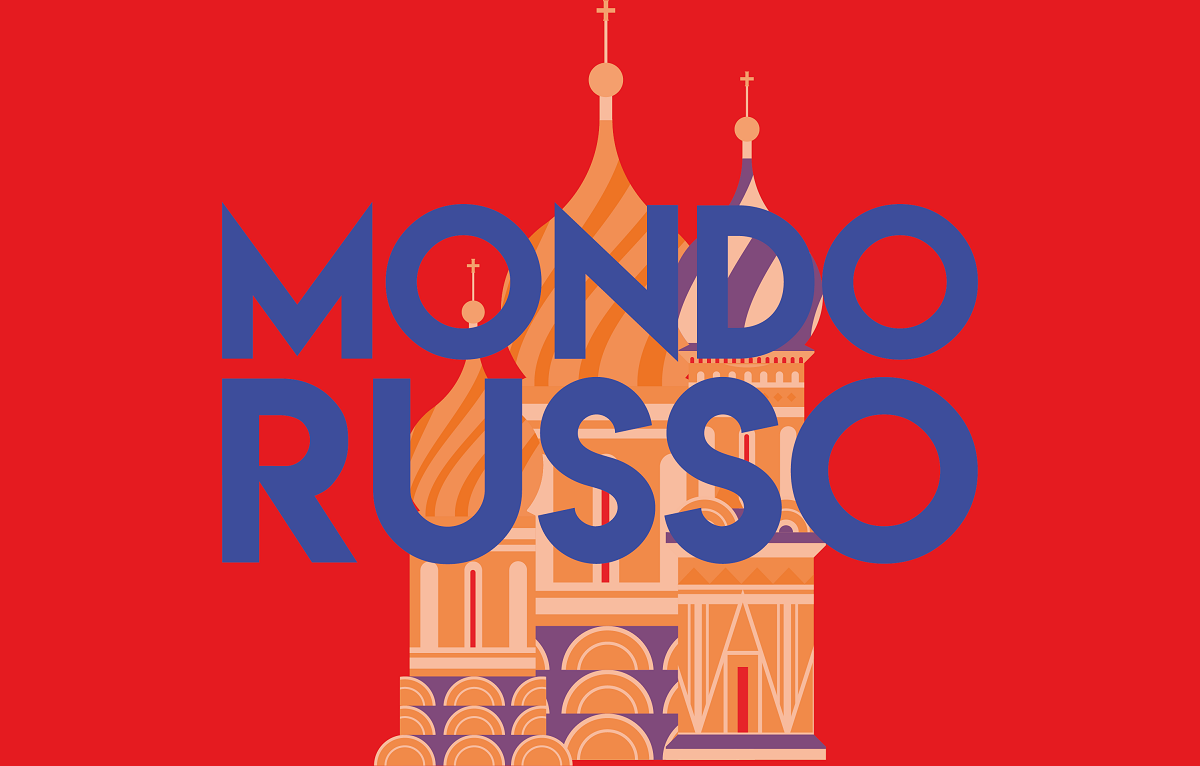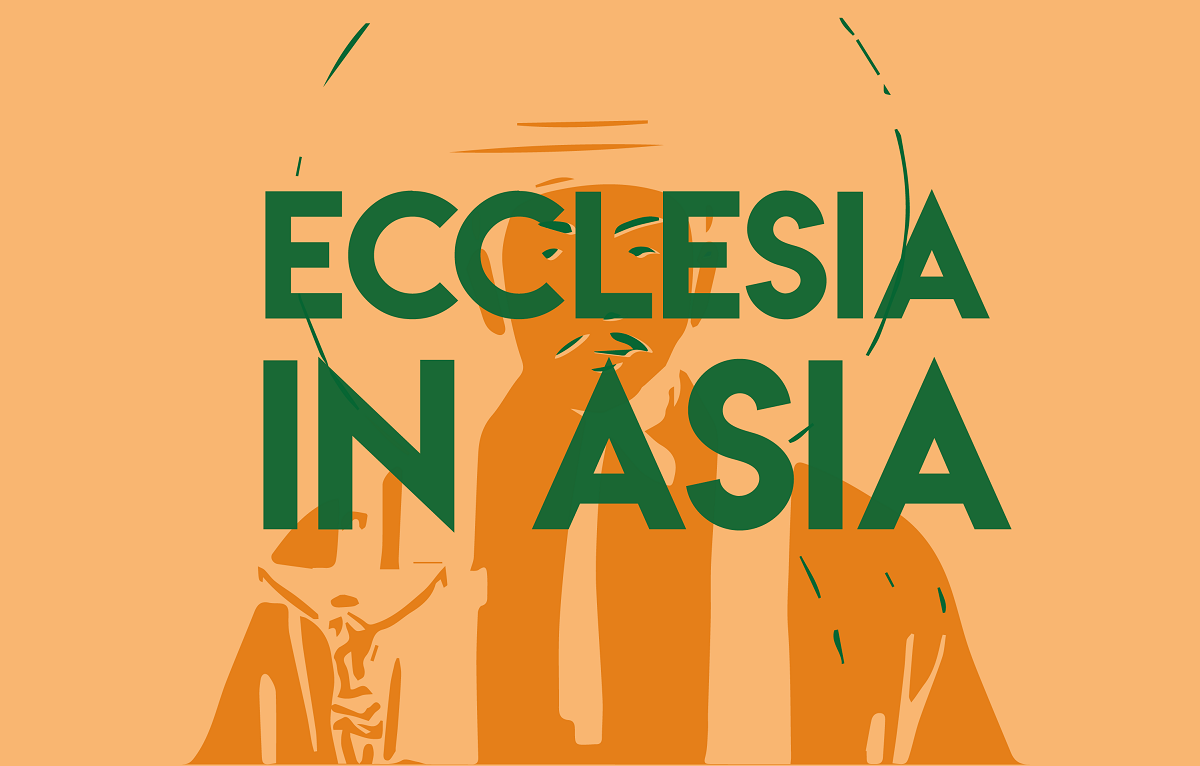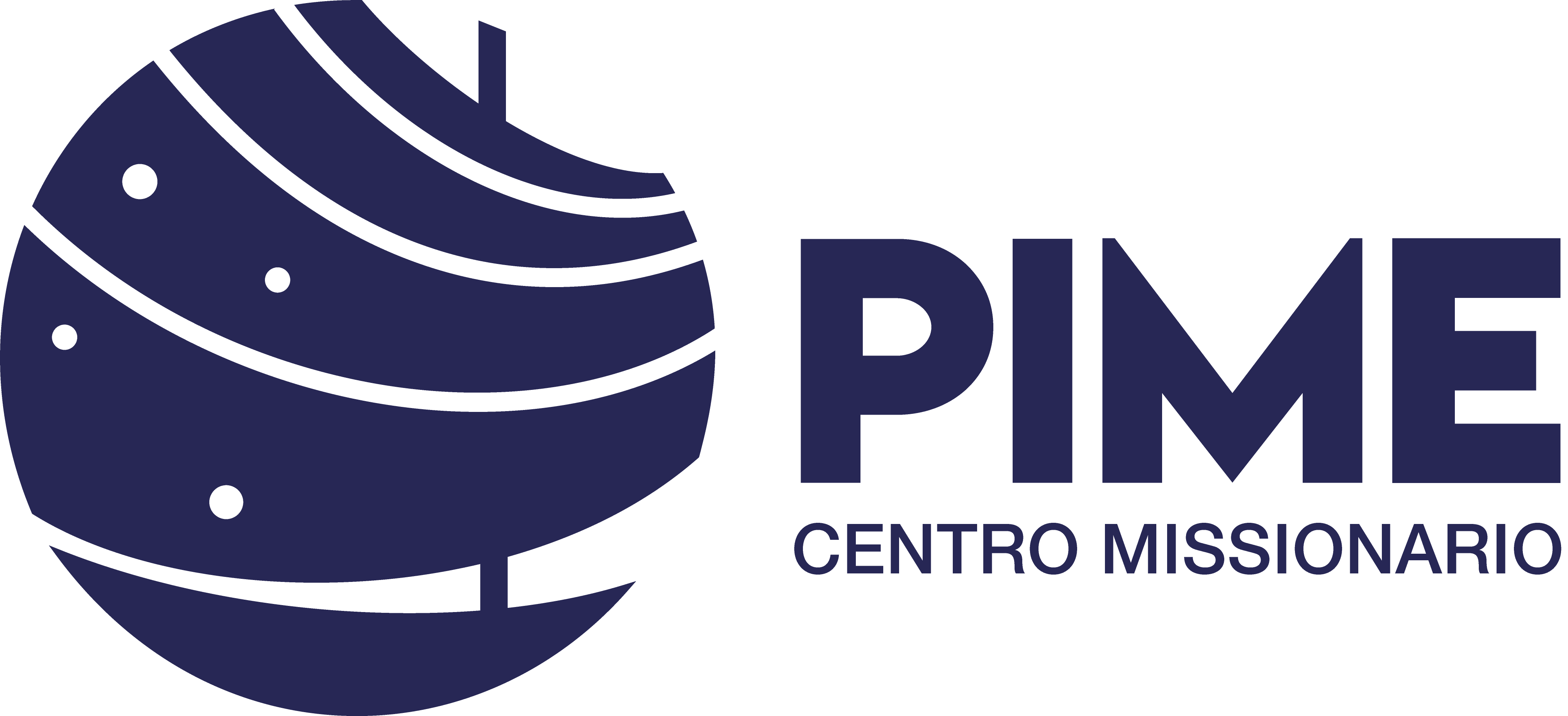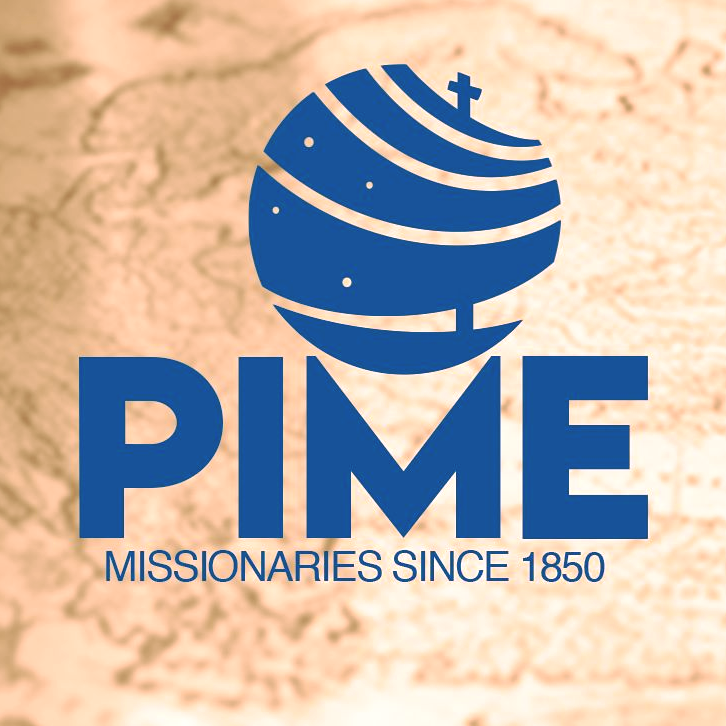NATO (and Europe) targeted by Russia's post Ukraine war plans
The Atlantic Alliance is Moscow's “number one enemy”, but the West fears conflict over a nuclear drift. European intelligence services and military and political experts believe that a clash is inevitable, starting in the Baltic states. The sanctions policy has led Russia to focus its economy on the arms industry. The goal: the conquest of Europe.
Moscow (AsiaNews) - Many commentators, both Russian and Western, are openly talking about Moscow's plans to start an open war against NATO within five years of the end of the conflict in Ukraine, which it hopes to achieve shortly after the meeting in Alaska between Donald Trump and Vladimir Putin.
Hybrid forms of aggression are already being employed by the Kremlin, especially against the former Soviet Baltic states, starting with Estonia, which is frantically preparing barricades on its borders.
Since 2005, Putin has been repeating the phrase “the greatest geopolitical catastrophe of the world”, referring to the collapse of the USSR, and over the last two decades this form of resentment has not diminished, but has become increasingly radical.
The invasion of Ukraine was actually only supposed to be the beginning of the “resurrection” of the Soviet empire, restoring Russia's sphere of influence of that time, and the Moscow leadership always reacts with great anger to any approach by neighbouring countries towards European and Western alliances, whether political or military.
The attempt to control these areas has never been abandoned since 1991, maintaining a relationship of economic domination or interference with various political lobbies. Where this is openly challenged, a conflict begins that also becomes military, as has happened dozens of times in the last 34 years, culminating in the 2014 proxy war in Donbass and the annexation of Crimea. Seeing no effective reaction from the West, after eight years Putin ordered the invasion of Ukraine, breaking all hesitation.
Even today, NATO remains Russia's 'enemy No. 1’, but the West's reluctance to move towards an open confrontation is evident, for fear of nuclear escalation. The great ‘security architecture’ discussed at every Atlantic Alliance summit is showing significant cracks, clearly visible from Moscow, especially since Donald Trump's return to the White House.
This is why the intelligence services and military and political experts in European countries believe that conflict between Russia and NATO is inevitable, starting with the Baltic states, which are the former Soviet countries that most infuriate the Kremlin.
In June 2025, NATO Secretary General Mark Rutte of the Netherlands spoke openly about this possible development within a few years, after replenishing the military potential that had been almost exhausted in Ukraine, while NATO does not seem able to prepare adequately for a large-scale war.
According to his calculations, “in three months, Russia produces as much ammunition as NATO does in a year, and by the end of the year, 1,500 tanks, 3,000 armoured vehicles and 200 Iskander missiles will be ready”.
It is precisely the sanctions policy that has led Russia to focus its economy on the war industry, compensating for trade losses with “shadow” markets and circumvention agreements with more “friendly” countries and political-economic forces in Asia and around the world, including Europe and America.
While NATO and the Europeans are discussing increases in defence spending, Russia has reached agreements with Iran, North Korea and China, which supply ballistic missiles, ammunition of all kinds and key components for weapons.
Despite the fact that the economies of NATO countries are 25 times larger than Russia's, the latter produces four times more weapons than them, as Rutte pointed out in his inaugural speech in London.
According to experts, the Russians are convinced that by 2030 the current European and international security system is destined to deteriorate further, and between 2030 and 2035 other conflicts will arise in Europe in the Baltic, Poland, Scandinavia and the Arctic, as reported in comments published in Rbk-Ukraina.
Russia is clearly preparing for this prospect, playing on the ambiguities of the negotiations and the hesitations of the American president to victoriously conclude the campaign against the “Ukrainian Nazis”, and then devote itself to major preparations for the next decade, seeking to conquer the whole of Europe, starting from the shores of the Baltic.
20/03/2021 11:50
25/06/2019 10:18





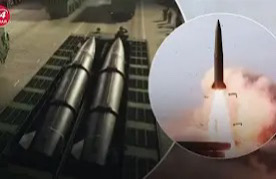

.png)
